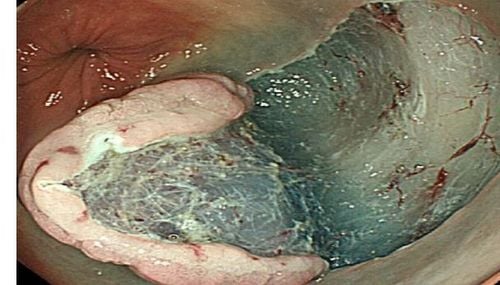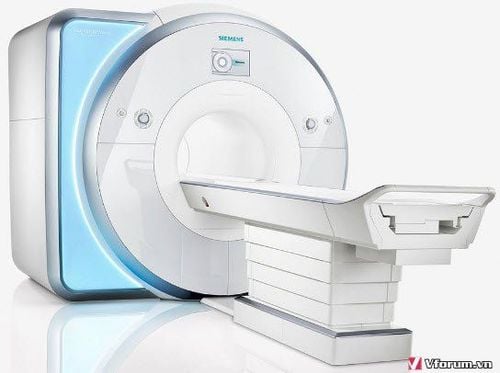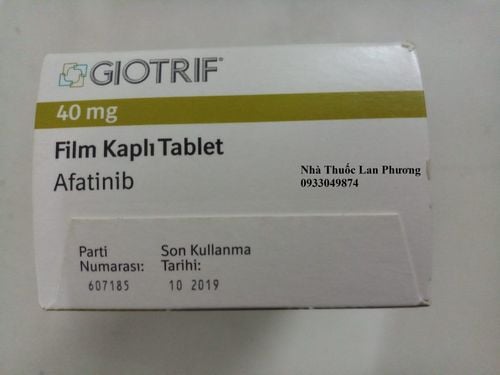This is an automatically translated article.
Lung cancer refers to the uncontrolled growth of abnormal cells in the tissue of the lungs. Cancer can be found in the air ducts (bronchi) or in the spongy lung tissue (alveoli). Lung tumors can also be caused by cancer that has spread from other parts of the body, but they are not considered lung cancer.
1. Classification of primary lung cancer
Non-small cell lung cancer (NSCLC), which is the most common form of lung cancer, accounts for about 85% of all lung cancers. NSCLC can be classified into several types, including:
Adenocarcinoma, which is usually found in the outer region of the lung, in the cells that produce mucus. Squamous cell carcinoma, usually found in the airways of the lungs. Undifferentiated large cell carcinoma, this type of cancer cannot be classified as adenocarcinoma or squamous cell carcinoma. Small cell lung cancer (SCLC), this type of lung cancer tends to spread more quickly than NSCLC, however it is less common than NSCLC, accounting for about 15% of all lung cancers.
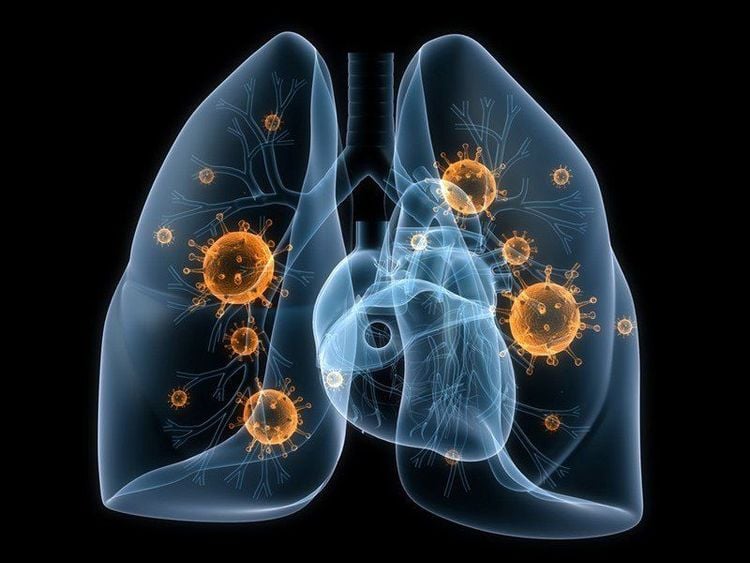
Ung thư phổi tế bào không nhỏ chiếm khoảng 85% tổng số ca ung thư phổi
2. Is lung cancer hereditary?
For most cases of lung cancer, genetic mutations occur only in cells that are specific to that individual and are not inherited. In rare cases, genetics can play a role in the development of lung cancer, especially for people who have inherited mutations in the gene on chromosome 6 (accounting for about 6% of all cases). DNA in cells). The most common cause of lung cancer is smoking.
3. Stages of lung cancer
The stage of lung cancer is classified by the TNM system, which stands for:
Tumor (T), which describes the size of the tumor and how far the cancer has spread into the lung tissue. Tumors can be classified from T1a (describes a tumor less than 1cm) to T4 (describes a tumor larger than 7cm).
Nodes (N), describes whether the tumor has spread to nearby lymph nodes. Nodes can be classified from N0, where there is no spread, to N3, where the cancer has spread to other areas of the body, such as the other side of the chest or collarbone.
Metastasis (M), which describes whether the cancer has spread to other areas of the body outside of the lungs. Metastasis can be classified from M0, where there is no spread to M1c, where the cancer has spread to other organs of the body and created additional tumors.
The stage of the cancer tells you how big it is and whether it has spread. Knowing this stage will help your doctor decide if you need treatment. Screening and testing will provide some information about the stage of the cancer. But your doctor may not be able to pinpoint the exact stage after surgery. The TNM system is the most common way for doctors to stage non-small cell lung cancer. But sometimes used for small cell lung cancer.
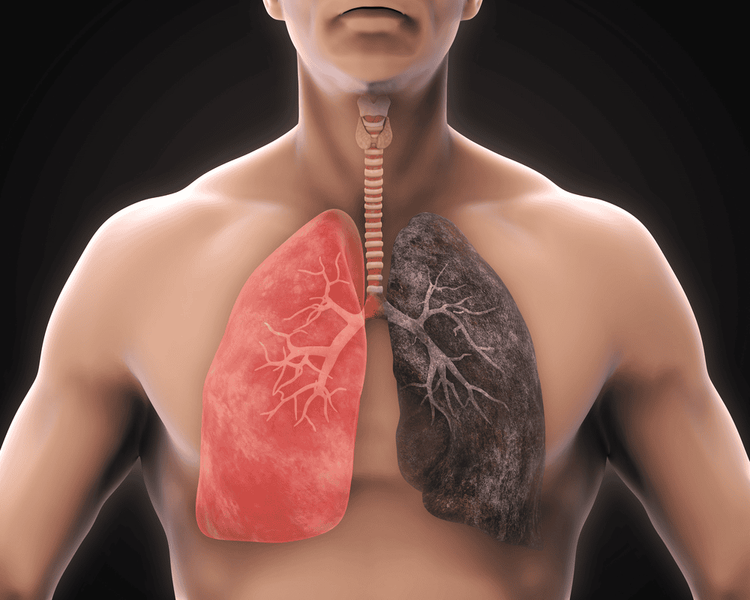
Các giai đoạn của ung thư phổi được phân loại bởi hệ thống TNM
4. Signs of lung cancer
There are some conditions that can cause symptoms that are not lung cancer. However, it is important to see a doctor and discuss those symptoms as soon as possible and to start treatment as soon as symptoms appear, as that will give a good chance of successful treatment. than. Some common symptoms of lung cancer include:
Shortness of breath, wheezing or coughing Difficulty swallowing Coughing up blood Unexplained fatigue Swollen face Chronic (continuous) cough that doesn't go away Shoulder pain or chest and pain that gets worse with breathing Chronic infections such as bronchitis or pneumonia Some lung cancers can also cause a specific set of symptoms called a syndrome. Syndromes associated with lung cancer include:
High-grade Vena Cava syndrome (SVC), the SVC is a large blood vessel that carries blood from the head and arms to the heart. Tumors near the lung area can press on this large blood vessel, causing swelling in the face, neck, chest and upper arms. Paraneoplastic syndromes, some lung cancers produce substances that act like hormones and can affect other tissues and organs in the body. Some paraneoplastic syndromes include: Cushing's syndrome, where the adrenal glands in the body can overproduce cortisol (caused by cancer cells producing the hormone), which can lead to weight gain, as well as weight gain. symptoms of dizziness, fatigue and weakness. SIADH (Syndrome of inappropriate secretion of antidiuretic hormone), cancer cells can make a hormone that encourages the kidneys to retain water, reducing the amount of salt in the blood. Symptoms may include cramps, muscle weakness, fatigue, nausea, and/or vomiting. In severe cases that are left untreated, convulsions and coma can occur.
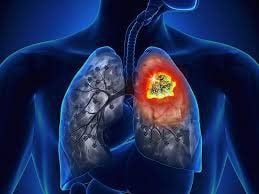
Ung thư phổi làm cơ thể tăng nguy cơ mắc những hội chứng nghiêm trọng
5. Lung cancer treatment
The stage of the cancer helps the doctor decide on the course of treatment. Decisions on treatment depend on the type of cancer (the type of cells where the cancer starts), where the cancer is, other health conditions, and the stage of the cancer. Treatment may include one or more of the following:
Chemotherapy Radiation Chemotherapy Chemotherapy with radiation Surgery to remove part or all of the lung. Targeted cancer treatment Immunotherapy Thermal tissue destruction Photodynamic therapy Treatment for symptom control Lung cancer screening is the most effective way for you to detect and treat lung cancer in time , protect your health and life. Currently, at Vinmec international general hospitals, there is a lung cancer screening package with many outstanding advantages such as: A team of highly qualified and experienced doctors; Having a full range of specialized facilities to diagnose the disease and stage it before treatment: Endoscopy, CT scan, PET-CT scan, MRI, histopathological diagnosis, gene-cell testing... There is a full range of main cancer treatment methods: surgery, radiation therapy, chemotherapy, stem cell transplant....
If there is a need for consultation and examination at Vinmec Hospitals of the Medical system nationwide, please book an appointment on the website to be served.
Please dial HOTLINE for more information or register for an appointment HERE. Download MyVinmec app to make appointments faster and to manage your bookings easily.
References: cancerresearchuk.org, iconcancercentre.sg




